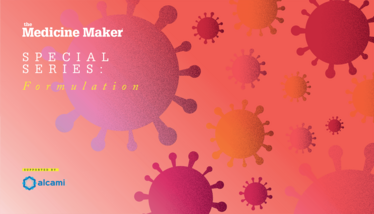Calling All Formulation Experts
From StomachSim, to taste masking, to micronization; check out our special eBook on Formulation
What’s covered in our special eBook on Formulation? First up we look at “stomach studies” – featuring research from Johns Hopkins University about what happens after a pill is swallowed. “The stomach is a very complex chemical and biomechanical environment. The rate at which an orally ingested pill will dissolve within is a function of many factors, including what we have eaten, our posture, and whether we have some condition that impairs our stomach function,” explains Rajat Mittal, co-author of the study and a professor of mechanical engineering at Johns Hopkins University.
Amie Gehris from DuPont Water Solutions writes about taste masking and how it can lead to more patient-centric medicines. She says, “For oral dosages that are soluble or require the patient to keep them in the mouth for a prolonged period, the bitterness of the API can be overwhelming (note that we are programmed as humans to be sensitive to bitter tastes as it indicates that something may be toxic).
We also zone in on small molecule drugs, with Charles Johnson from Lonza writing about how new drugs are becoming increasingly complex, with many solubility issues. “A substantial – and growing – proportion of developmental drugs nowadays have poor solubility, with the knock-on effect of poor bioavailability. Some active molecules are so insoluble that they are commonly described as “brick dust” compounds,” he says.
Also covered in the eBook – dry mRNA vaccines; formulation development plans for viral vectors; using micronization to improve solubility; and the future of lipid nanoparticles.
You can download the eBook for free
And if you feel inclined to write something about formulation for The Medicine Maker, get in touch with [email protected].





















